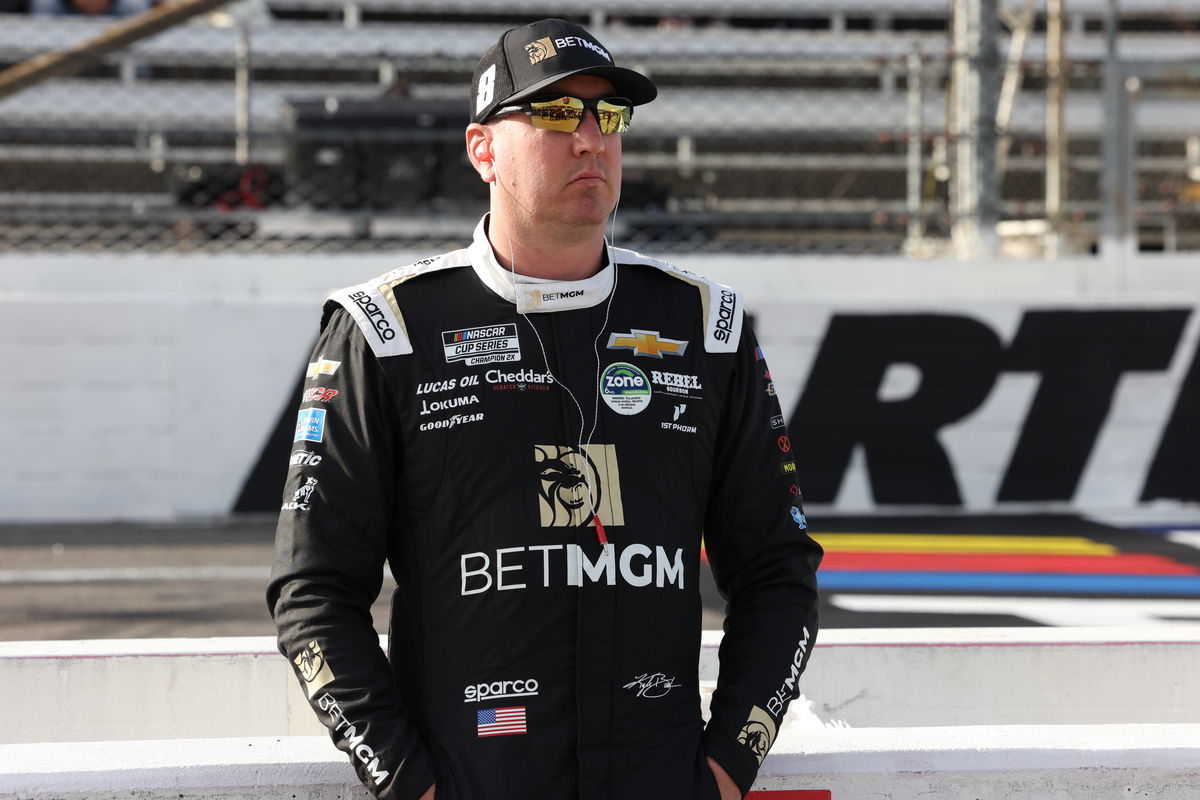
Imago
NASCAR, Motorsport, USA Cup Series-Practice and Qualifying Oct 25, 2025 Martinsville, Virginia, USA NASCAR Cup Series driver Kyle Busch 8 before NASCAR Cup Series Xfinity 500 Practice and Qualifying at Martinsville Speedway. Martinsville Martinsville Speedway Virginia USA, EDITORIAL USE ONLY PUBLICATIONxINxGERxSUIxAUTxONLY Copyright: xGregxAtkinsx 20251025_szo_yr6_0135

Imago
NASCAR, Motorsport, USA Cup Series-Practice and Qualifying Oct 25, 2025 Martinsville, Virginia, USA NASCAR Cup Series driver Kyle Busch 8 before NASCAR Cup Series Xfinity 500 Practice and Qualifying at Martinsville Speedway. Martinsville Martinsville Speedway Virginia USA, EDITORIAL USE ONLY PUBLICATIONxINxGERxSUIxAUTxONLY Copyright: xGregxAtkinsx 20251025_szo_yr6_0135
The NASCAR Next Gen car, launched in 2022, was designed to cut costs and create parity, but it’s sparked growing criticism from drivers and teams. While the system has narrowed the performance gap between big and small organizations, it’s also made passing harder and races feel more uniform, especially on short tracks and road courses. Safety and drivability remain major concerns.
Watch What’s Trending Now!
Even so, drivers like Denny Hamlin and Brad Keselowski say the car still produces “aerodynamic lockup,” where dirty air makes overtaking nearly impossible. Kyle Busch, too, has been a frequent critic of the Next Gen car. This time, he didn’t mince words when discussing the state of the Next Gen, offering a pointed critique that echoes growing concerns among drivers and teams.
ADVERTISEMENT
Busch calls for old-school edge
Speaking candidly on the Games with Names Podcast, Busch said, “That’s one thing I wanna change, go back a little bit to the old-school way of how the cars were made and built by the teams.”
Busch’s comment strikes at the heart of one of the biggest philosophical shifts in NASCAR history. Before the introduction of the Next Gen car in 2022, teams designed and built much of their own equipment, from chassis to bodies, allowing innovation and craftsmanship to differentiate the great organizations from the good.
Under the old Gen-6 model, powerhouse teams like Hendrick Motorsports, Joe Gibbs Racing, and Stewart-Haas Racing developed proprietary chassis and aero packages that gave them unique advantages at certain tracks.
ADVERTISEMENT
That era fostered ingenuity, but it also drove costs to unsustainable levels. The Next Gen car, by contrast, is a spec platform. All teams purchase near-identical parts from single-source vendors like Dallara (chassis), Five Star Race Car Bodies (body panels), and Ilmor (engines) for parity and cost control. But if it saved up in costs then it cost them in all of the other ways, whether it was speed, aero, anything. Even his owner, Richard Childress, had said earlier this year, “You know, with this new car, it ended up costing all of us a lot more than we ever thought it would.”
Busch then went on to compare NASCAR’s current model with Formula 1, saying, “You look at F1 right now. McLaren now has an advantage, where it used to be Mercedes, and a long time ago it used to be Ferrari. You’ve got these guys that come up with new trickeries they get to use and exploit throughout the season.”
ADVERTISEMENT
His analogy makes sense. F1’s constructor model allows each team to design and develop its own chassis and aerodynamics, which leads to constant technological evolution. For instance, Red Bull Racing’s mastery of ground effect and suspension tuning has defined the 2022 to 2024 seasons.
While McLaren’s midseason 2023 upgrades turned them from midfield runners into podium contenders. Busch’s point is that the creative freedom in F1 allows the competitive order to evolve naturally based on innovation, something NASCAR’s current uniform car design restricts.
Busch continued, “Back in the day when teams were building all their own cars, one team might say, ‘Hey, if we make a bada– chassis, that’s going to take us to win.’”
ADVERTISEMENT
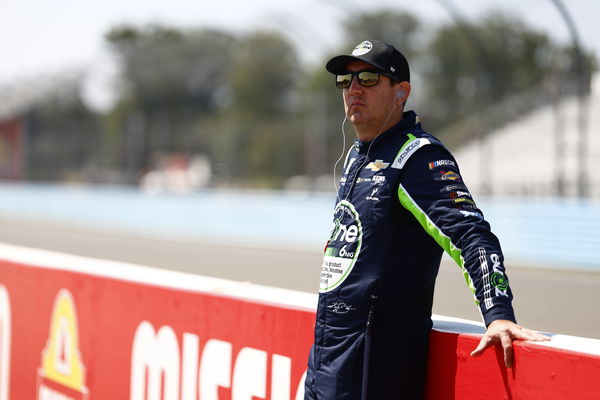
Imago
August 9, 2025, Watkins Glen, Ny, USA: Watkins Glen, NY USA – August 09, 2025: NASCAR, Motorsport, USA Cup Series driver, KYLE BUSCH 8 of Las Vegas, NV gets ready to practice for the Go Bowling at The Glen in Watkins Glen, NY. Watkins Glen USA – ZUMAa161 20250809_aaa_a161_040 Copyright: xWalterxG.xArcexSr.x
This recalls NASCAR’s “arms race” era of the 1990s and 2000s, when organizations like Roush Racing and Hendrick Motorsports competed fiercely in chassis engineering. Roush’s in-house chassis development helped drivers like Matt Kenseth and Kurt Busch win championships, while Hendrick’s innovation in suspension and body design powered Jeff Gordon and Jimmie Johnson to dominance.
Teams like DEI (Dale Earnhardt Inc.) even found competitive edges through specialized setups for plate tracks. Busch, who entered the Cup Series in 2004, lived through that era when innovation was a key driver of on-track success and identity.
ADVERTISEMENT
He added, “Somebody else might think, hey, if we make a bada– body and we make more downforce with aerodynamics, that’s going to be our advantage.”
That’s exactly how teams like Penske Racing and Gibbs built competitive advantages in the Car of Tomorrow (2007 to 2012) and later Gen-6 periods. Aero development was crucial, as the smallest tweaks to body shape could change balance and corner speed. Dale Jr also didn’t shy away from pointing out the aero problems, as he recently said, “The one thing I do not love about the Next Gen car is how bad the air is when a car gets behind another car.”
NASCAR’s technical inspection process tightened after repeated cases of teams “massaging” bodywork, including when Jimmie Johnson’s No. 48 team was penalized in 2012 for C-post modifications. Busch’s nostalgia points to a time when this kind of creative engineering, though controversial, was part of what defined great race teams.
ADVERTISEMENT
Finally, Busch concluded, “Some guys would be like, hey, we’re going to put it all in the motors and we’re going to build bigger motors than everybody else and that’s going to win us races. Now it’s just, it’s not harder, it’s way harder.”
This speaks to another dimension of NASCAR’s shift, the standardization of engines. While teams still partner with manufacturers (Chevrolet, Ford, Toyota), their powerplants now come from tightly regulated programs. In the 2000s, Roush-Yates, Hendrick Engines, and TRD (Toyota Racing Development) competed intensely to produce horsepower gains.
Busch himself benefited from that during his peak years with Joe Gibbs Racing, where TRD’s horsepower and reliability helped him win the 2015 and 2019 Cup titles. Today, Next Gen parity has leveled that advantage. No team can outbuild the others on engine innovation, and the difference comes mostly from execution and setup.
ADVERTISEMENT
Busch’s Next Gen fight mirrors life off the grid, trust broken, and edges lost.
Top Stories
Dale Jr. Warns of Deeper Issues as Joe Gibbs Parts Ways With Decade-Long Executive
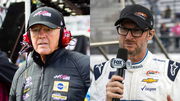
Chase Elliott’s Popularity Hits New Low as Dale Jr.’s Daytona 500 Return Triggers Record-Breaking Sale
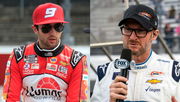
Concerned NASCAR Fans Raise Red Flags Over Safety Issues Ahead of the Daytona 500
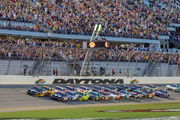
NASCAR Faces Uncomfortable Reality as Grassroot Racing Series Rejects Its Formula, Claims Insider
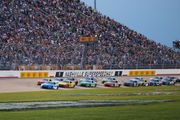
Exclusive: Mark Martin’s Career Philosophy in Both Racing and Life — “Never Lift”
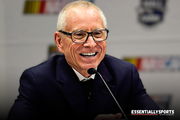
$8.5M insurance lawsuit hits home
Kyle and Samantha Busch sued Pacific Life on October 14 in Lincoln County, claiming over $8.5 million gone on misled life policies sold as safe retirement plans.
ADVERTISEMENT
Busch said, “I never thought something like this could happen to us. These policies were sold to us as part of a retirement plan, something safe and secure that would grow tax-free and protect our family long after racing. We trusted the people who sold them and the name Pacific Life. But the reality is far different.”
They paid $10.4 million in premiums on rosy projections, hiding risks and costs. Cash value erodes, and the net loss tops $8.58 million. The agent and company pushed low-maintenance dreams over insurance truth, the lawsuit says. Pacific Life skipped oversight despite the agent’s history, chasing commissions.
The suit paints a pro driver out-engineered in finance, parity promised, and edge stripped. On track or in plans, Busch wants room to build his way.
ADVERTISEMENT
ADVERTISEMENT
ADVERTISEMENT

